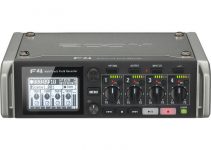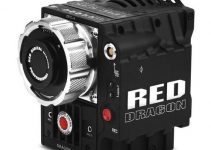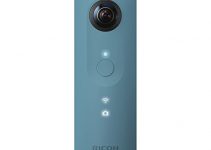You may recall that last year at IBC 2016, Sigma entered the cine lens fray by announcing some pretty sweet new lenses specifically designed for digital cinematography. Back then, Sigma announced 2 x S35 high-speed zoom lenses – the Sigma 18-35mm T2 and the Sigma 50-100mm T2, which represented the proper cine versions of the very popular stills counterparts.
Priced at the ridiculously low $3,999 a pop, Sigma made the two zoom lenses available in the US in December, with the rest of the world still awaiting an official launch date. Back in the Fall, Sigma also announced their new Cine Primes range consisting of 20mm, 24, 35, 50, and 85mm T1.5, which are yet to start shipping and receive official pricing.
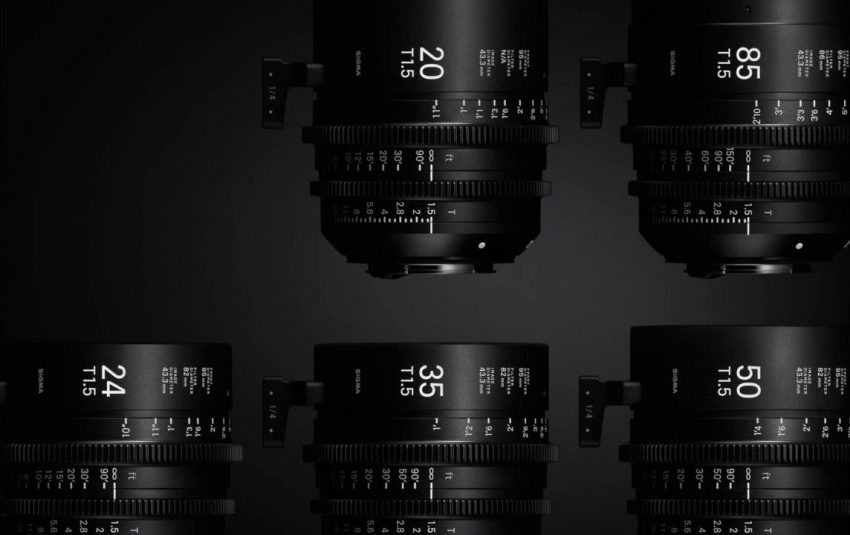
The two S35 zooms have become some of the most desirable lenses for DPs, but not many have managed to get their hands on them and see what they can do.
Luckily, Bangkok based DP Sittipong Kongtong, whom you can follow on Twitter here, recently put the new Sigma 50-100mm T2 and Sigma 18-35mm T2 cine zooms to the test using the URSA Mini 4.6K, RED Weapon 6K, and RED Scarlet-W.
Test Sigma 50-100 with Blackmagic mini 4.6K, Red Weapon 6K Dragon, Red Scarlet-W 5K Dragon. from Sittipong Kongtong on Vimeo.
I had tested a new Sigma 50-100 T 2.0 Cine. I had put it in 3 cameras; Blackmagic Ursa mini 4.6K shooting in Uncompress RAW, Red Weapon 6K Dragon in 3:1 RAW and Red Scarlet-W 5K Dragon in 5:1 RAW. I brought those RAW files into Resolve 12.5.4, then edited in Resolve and made no any color correction. Then exported directly from DaVinci timeline.
The Sigma 50-100 T 2.0 was set to shoot at T 2.0 for all 3 cameras. Even in wide open, the Sigma still look super sharp.
The first wide shot for every camera was 50mm T 2.0.
The close up was at 100mm T 2.0.The original RAW from all 3 camera will be uploading soon.
drive.google.com/file/d/0BybqOH9qai05TkFBS1IwMW9MSDg/view?usp=sharing
drive.google.com/drive/folders/0BybqOH9qai05V19vcW91MDUwRU0?usp=sharing
drive.google.com/drive/folders/0BybqOH9qai05THFZVmtoSDZjSDg?usp=sharing
drive.google.com/drive/folders/0BybqOH9qai05dFBNejVSQl82ZmM?usp=sharing
drive.google.com/drive/folders/0BybqOH9qai05Y1gydEFrbjBJSUU?usp=sharing
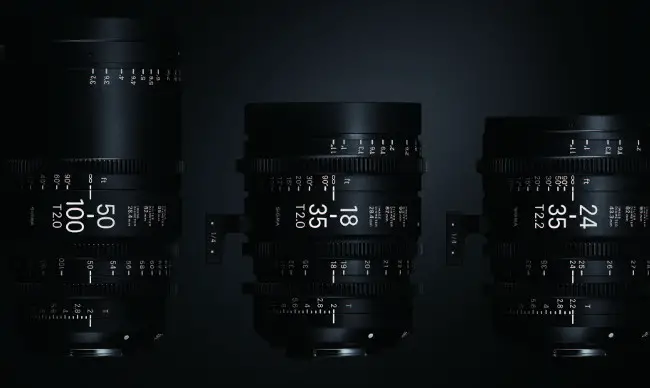
Sittipong also included the Tokina 16-28mm T3.0 wide angle in the test below against the Sigma 18-35mm T2.
Testing Tokina 16-28 T 3.0 and Sigma 18-35 T 2.0 with Blackmagic mini 4.6K RAW from Sittipong Kongtong on Vimeo.
I had a quick test of the new cine lens, Sigma 18-35 T 2.0 EF. I had used Tokina 16-28 T 3.0 for some time. When I got the new Sigma ready to test, I was very happy to do that. I had put those 2 lens on Blackmagic Ursa mini 4.6K. I shot in RAW.
After the test, we brought all footage from those Tokina and Sigma in to DaVinci Studio 12.5.4. And we had found some different character from those lens.
Any way, I love both of them.
These tests may not be the most scientific, but at least for me, they show off some of the characteristics of the Sigma zoom lenses. They appear to be quite sharp, with pleasing, although not perfectly round bokeh, which for some may be a bit of a turn off, but for me, I don’t mind it that much.
The compact and affordable cine zoom game is becoming even more interesting with established players like Fujifilm also making their own affordable zooms – the MK Series 18-55mm T2.9 and the 50-135mm T2.9, which you can read about here.
More competition is a good thing for us of course, as now it makes a lot more sense to replace a couple of Canon EF zoom lenses and a Speed booster with one proper cine lens and pay a bit more, but not too much more for an investment that could outlast the next 2-3 cameras you own easily.
Disclaimer: As an Amazon Associate partner and participant in B&H and Adorama Affiliate programmes, we earn a small comission from each purchase made through the affiliate links listed above at no additional cost to you.


